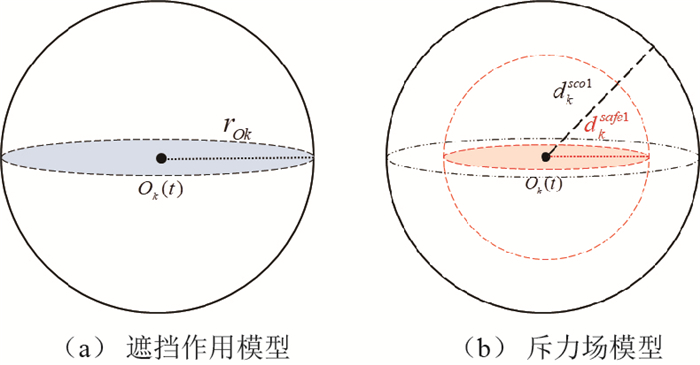For the aerospace engineering application of Distant Retrograde Orbit (DRO), a calculation method and orbit characteristics are studied, and the main perturbation factors of DRO in actual force environment are analyzed to provide a theoretical foundation for DRO's precise modeling and nominal orbit design. Firstly, the effectiveness of the stream function method in calculating the DRO periodic orbit family is verified by simulation examples. Secondly, the DRO periodic orbit family is calculated by adjusting the Jacobi constant, and the DRO orbits with different resonance ratios are obtained. The simulation results show that the trajectory of DRO with an integer resonance ratio in the Earth-Moon inertial coordinate system is a closed curve, while DRO orbits with non-integer resonance ratio are not closed. Finally, the main perturbation factors affecting DRO stability are analyzed by orbit extrapolation. The simulation results show that solar gravitation and lunar orbit eccentricity are the main perturbation factors that affect stability of DRO. In the dynamic model, the standard ephemeris is used to represent the motion state of the planet. When the integration time reaches more than 10 days, the model error is about kilometer-scale. Therefore, in the large spatial scale of the Earth-Moon system, the ephemeris model can be used to analyze the motion state of the DRO approximately in the real force environment, which could provide a basis for mission orbit design.



